Indian Mythology
Tales, Symbols, and Rituals from the Heart of the Subcontinent
Devdutt Pattanaik

Inner Traditions
Rochester, Vermont
Contents
 Introduction
Introduction
Constructing Hindu Myth
C onsider this: A religion believes in one god, who is the all-powerful God, and in one life and one way of living ones lifeby obeying the will of that god, as expressed through a prophetin order to gain everlasting joy in heaven after death. The alternative is to face eternal suffering in hell.
Now consider this: Another religion believes there are several gods, even Gods and Goddesses, several lifetimes, and several ways of living ones life. This religion has no need for the concept of evil because every event is a reaction to past events. This religion maintains that there are several heavens and several hells, where gods can be punished and demons worshipped. This religion holds that the cosmos is multilayered and populated by a variety of beings, and believes that time is cyclical, with events repeating themselves again and again and again.
It would be foolish to try to understand one religion in terms of the other. Hence, to understand Hindu mythologyits sacred narratives, art, and rituala paradigm shift is required. One must move away from Western concepts of right/wrong, divine/diabolical, angel/sinner, heaven/hell, genesis/apocalypse, and fall/return. These concepts evolved to satisfy the needs of the Occident, and they presently form the bedrock, in some form or other, of Judaism, Christianity, and Islam. In India a different worldview evolved over four thousand years, with the concepts responding to various sociocultural phenomena and transforming with the words of wise men to satisfy the needs of the local population. European scholars who were deeply influenced by biblical thought defined this worldview as a religion. For the native practitioners it was simply a way of life into which one was born.
European colonial powers were confronted with the Hindu way of life when mercantile and later imperial ambitions brought them to South Asia in the sixteenth century. By the middle of the nineteenth century the Indian subcontinent had become part of the British Raj. India had been under foreign rule before: Persians, Greeks, Huns, Turks, and Mongols all governed the land. But the earlier invaders had either been assimilated into the local population or had left the natives alone, calling those who stubbornly refused to convert to their ways nonbelievers. The European rulers, however, kept a self-conscious distance from the conquered race and made concerted efforts to understand them. They knew that the secret of political control lay in a sound knowledge of the subjects.
The British, and to some extent the French and Portuguese, soon realized that understanding the dominant religion of India was nothing short of solving a conundrum. There was no historical founder or prophet (like Jesus or Muhammad), no well-defined god (like Jehovah or Allah), no sacred book (like the Bible or the Koran). The translations of sacred texts revealed no clear sense of history or geography. The traditions were varied. There was no clear difference between the sacred and the secular, no consistency between philosophy and practice. In short, there was no religion. The British needed to construct a religious entity to make the complex beliefs and practices of the conquered people comprehensible. They needed Hinduism.
The Persians and later the Arabs had used the word Hind or Hindostan to describe the land around and beyond the river that was known to the Greeks as the Indus and to the local population as the Sindhu. In the sixteenth century, Sanskrit and Bengali texts used the word Hindu to refer to locals who were not Yavana, or Muslim. When the British came to India, they used the word Hindoo or Hindu rather loosely, applying it to all who spoke the Hindi language in North India. Later the word was used specifically for that segment of Indian population who did not identify themselves as Muslim, Sikh, Jain, or Christian. In the early part of the nineteenth century Hinduism became an umbrella term for a number of distinct South Asian sects and regional religions that shared certain fundamental beliefs, ritual practices, and cultural symbols. More specifically, in 1830 scholars used the term for the religion of high-caste brahmanas, which in academic circles is now termed Brahmanism and is viewed as a dominantly pervasive subset of Hinduism.
Brahmanism was the only coherent religious system that the British could identify within the Hindu framework. This system was common to the entire subcontinent and had its own literature, written in Sanskrit, a language that European philologists were convinced was the root of all modern European languages. But nineteenth-century Europe was a formidable imperial force and was in the throes of the Enlightenment. It was a world where things were right and real only if they were logical or scientific. Scientific methodology demanded documented evidence, coherent translations, and objective analysis. This analysis was applied to Brahmanical scriptures, and soon the reconstruction of Indias past gathered momentum in European universities for the benefit of the colonial powers.
The Brahmanical texts were classified into two groups: the Veda (believed by natives to be shruti, or revelation) and the Shastra (smriti, or tradition). The Veda captured lofty philosophies and leaned toward logic and monotheism. The Shastra, on the other hand, supported social customs including idol worship (condemned in the Bible) and the caste hierarchy (distasteful in view of the liberal political philosophies emerging in Europe). Thus, like Al Beruni, a tenth-century Arab scholar, the Europeans soon recognized the wide gap between the ideas found in classical texts and the beliefs of the ordinary people. The former, which were more comprehensible and acceptable to European sensibilities, came to be seen as the high, pure, true, classical, and greater Hindu religion. The latter were qualified as low, corrupt, fallen, folk, and lesser. Lower still were tantric texts and imagery and the customs of the lower castes that lacked a scriptural foundation. They seemed more like witchcraft to the European mind. The classical tradition aroused the orientalists fascination with the exotic noble savage. The folk tradition inspired the white mans burden to civilize primitive India and justified the missionarys zeal to save pagan India.
Today in the postmodern era the colonial discourse has been severely criticized, and we realize that the objective comments of logical and scientific European scholars were in fact points of view influenced by imperial standards, which in turn were based on classical Greek sensibilities and biblical paradigms. Judgments on high and low cultures revealed more about the attitudes of the scholars than reality in South Asia. Unfortunately, the colonial discourse has played a significant role in reconstructing Hindu mythology for Hindus themselves. It has generated deep prejudices against Hindu art, ritual, and narrative. It is responsible for transforming Vedic philosophies into true faith while condemning tantric practices and folk beliefs as black magic and superstition. If one seeks to unravel the mysteries of Hindu mythology, coming to terms with this problem is essential. Hindu mythology was not the creation of Brahmanical bards; the stories were spawned in the collective imagination that captured the worldview of a people. These were appropriated over time and codified by the socially dominant brahmanas as well as their opponents, the Buddhists and the Jains.
Next page
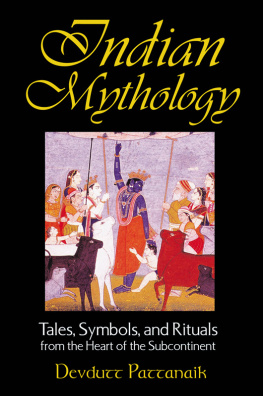
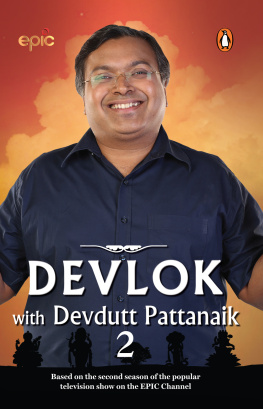
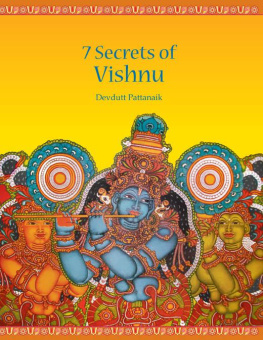
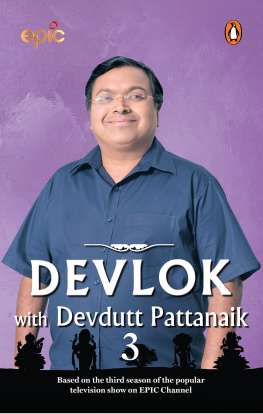
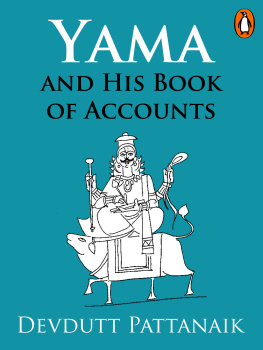
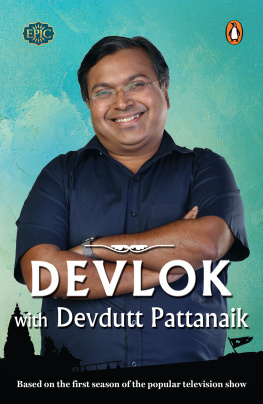
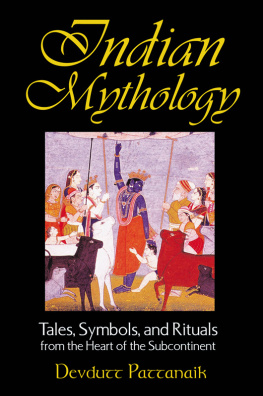
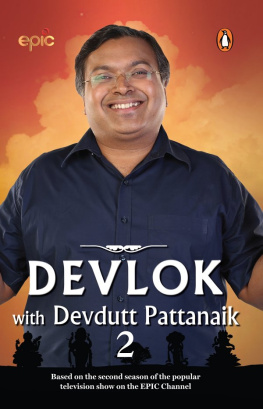
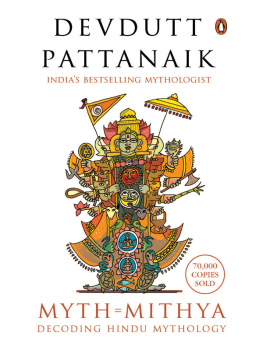

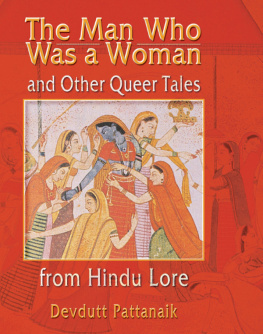
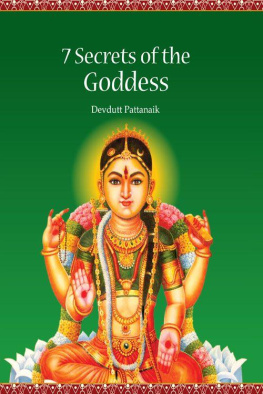

 Introduction
Introduction